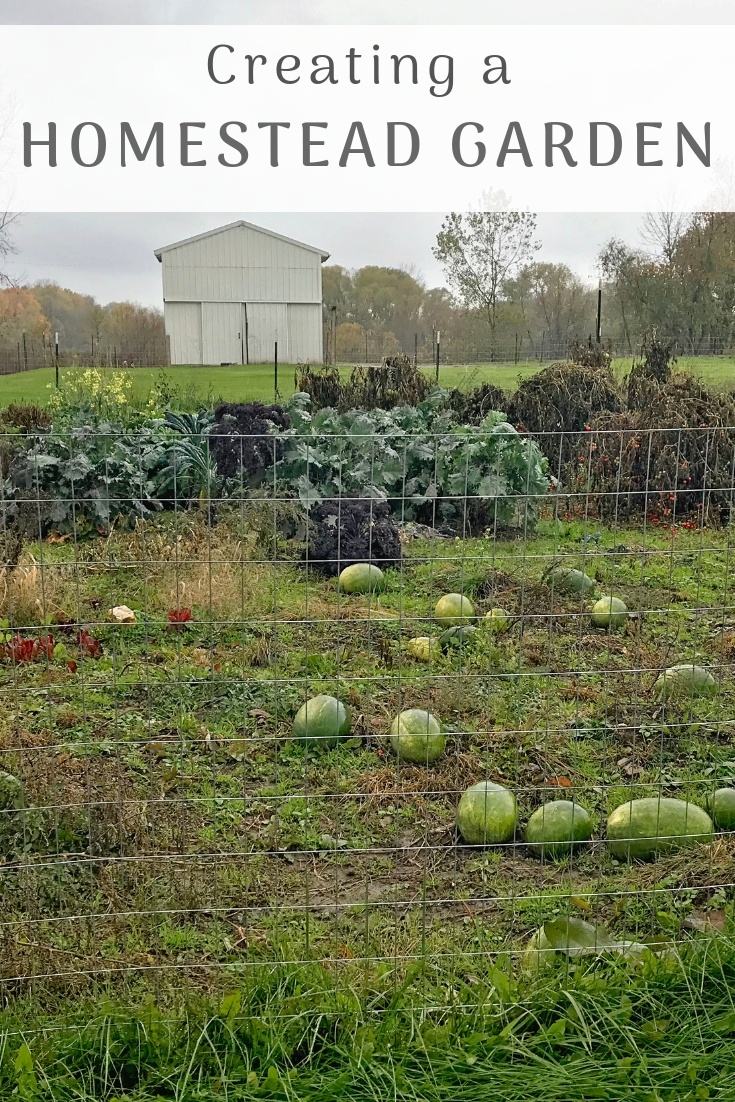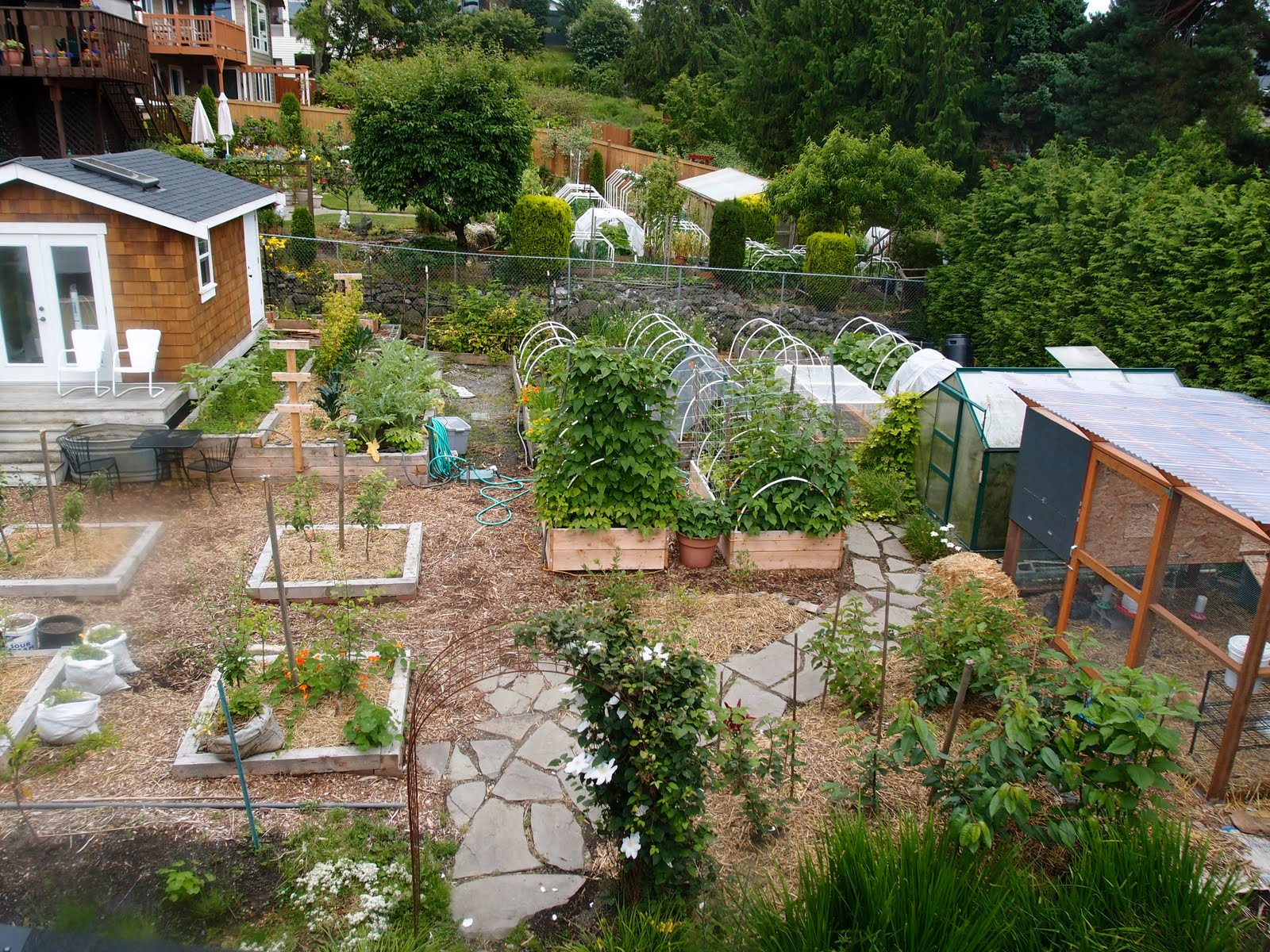Discover the Secrets to Developing a Attractive and Effective Gardening Area
Creating a stunning and efficient gardening area is not just an issue of planting vegetables and flowers; it needs a strategic method that includes different vital components. From picking the right area based on sunshine and soil type to thoughtfully designing your layout and choosing ideal plants, each choice plays an essential function in the success of your garden.
Choosing the Right Location
Choosing the optimal location for your yard is vital to its success and general aesthetic allure. The initial step in this procedure includes assessing sunshine exposure, as the majority of plants need at least 6 hours of direct sunshine daily (Homestead Gardening). A south-facing garden normally receives one of the most light, while shaded areas can restrain growth and blooming
Additionally, take into consideration soil top quality and drainage. Well-draining dirt is necessary to avoid waterlogged origins, which can lead to plant conditions. Performing a dirt test can supply important details concerning pH degrees and nutrient material, allowing you to amend the dirt accordingly.
Moreover, closeness to water sources is one more variable to weigh - Homestead Gardening. Having simple accessibility to a hose or irrigation system can streamline the watering procedure and encourage constant plant treatment. Wind defense is likewise essential; placing your yard near structures, such as fences or wall surfaces, can shield it from extreme winds that might harm delicate plants
Finally, take into consideration ease of access for upkeep and harvesting. A well-placed yard permits for convenient gain access to, making sure that you can conveniently tend to your plants without causing unnecessary stress and anxiety or disruption. Thoughtful location selection lays the foundation for a growing garden.
Choosing Plants Intelligently
When selecting plants for your yard, it's vital to consider variables such as climate, dirt conditions, and individual choices to make sure a productive and unified room. An extensive understanding of your regional climate will direct you in choosing plants that flourish in your particular environment. As an example, choosing drought-resistant selections is beneficial in dry areas, while moisture-loving varieties might be much more suitable for areas with high rains.
Soil conditions are just as essential; performing a soil test can disclose pH levels and nutrient content, permitting you to select plants that will certainly grow. Native plants are frequently an excellent selection, as they are usually well-adapted to local soil types and need less maintenance.
Furthermore, consider your gardening objectives. Are you intending for a decorative screen, a vegetable garden, or perhaps a combination of both? This will certainly affect your choices considerably. Lastly, assess your personal choices-- selecting plants that reverberate with your aesthetic preferences will boost your enjoyment and dedication to maintaining your yard. By meticulously examining these factors, you can produce a varied and flourishing plant choice that boosts your horticulture experience.
Designing Your Garden Design
With an attentively picked plant selection in hand, the next step is to produce a garden design that takes full advantage of both elegance and functionality. Begin by evaluating the offered room, considering elements such as wind, shade, and sunlight patterns. A tactical format should incorporate various zones, including locations for growing, paths, and perhaps seating.
Begin with larger plants or centerpieces, such as trees or tall perennials, placed purposefully to develop aesthetic passion. Layer smaller sized plants in front to enhance depth and texture. Consider the development behaviors of your picked plants; taller ranges ought to be positioned at the back or facility of beds, while much shorter ones can line the sides.
Integrating pathways not just facilitates accessibility for upkeep however likewise welcomes exploration. Use products that match the garden's overall visual, whether stone, wood, or crushed rock chips.
Additionally, think of seasonal modifications and how your format will look throughout the year. Incorporating evergreens along with seasonal flowers can ensure year-round elegance. Eventually, a well-designed yard design integrates the natural charm look here of plants with useful considerations, causing a space that is both inviting and effective.
Enhancing Soil Wellness

To boost dirt health, start by performing a soil examination to analyze pH degrees, nutrient content, and soil structure. Include natural issue such as garden compost, well-rotted manure, or leaf mold to improve soil structure, water retention, and microbial activity.
Mulching is one more efficient approach; it not just conserves moisture but likewise reduces weeds and slowly enhances the soil as it breaks down. Preventing too much husbandry is important, as it can disrupt soil structure and injury useful microorganisms. Rather, take on no-till or very little husbandry practices to maintain soil stability.

Preserving Your Garden Successfully
A properly maintained yard gives satisfaction and efficiency, needing constant interest to guarantee that plants flourish and the landscape remains inviting. Reliable yard upkeep includes a number of essential practices that enhance the wellness of your plants and the total aesthetic of your area.
Routine watering is vital; nevertheless, it is necessary to tailor your watering schedule based upon the certain requirements of your plants and local environment problems. Mulching can assist retain dampness, subdue weeds, and control soil temperature level. Additionally, timely weeding prevents competitors for resources and nutrients, ensuring that your plants prosper.
Pruning is one more vital task. It encourages healthy and balanced development, removes unhealthy or dead branches, and shapes plants to maintain an enticing structure. Additionally, checking for illness and pests is crucial; early detection go and intervention can conserve your plants from significant damages.
Fertilization must be performed attentively, using natural options whenever feasible to advertise long-term dirt wellness. Seasonal tasks such as growing, separating perennials, and preparing for winter months will ensure your yard continues to be dynamic year-round. By complying with these techniques vigilantly, you can grow a yard that is both gorgeous and efficient.
Final Thought
Choosing a suitable location with adequate sunshine, picking ideal plants, making a cosmetically pleasing design, improving soil health, and making certain normal maintenance are important components. By incorporating these techniques, one can cultivate a thriving yard that not just enhances the landscape yet likewise promotes eco-friendly balance and sustainability.
From selecting the right area based on sunshine and soil kind to thoughtfully designing your format and selecting suitable plants, each choice plays a critical role in the success of your yard. Well-draining soil is crucial to stop waterlogged origins, which can lead to plant illness.When choosing plants for your yard, it's vital to consider aspects such as climate, dirt conditions, and individual preferences to ensure a efficient and harmonious area. Ultimately, a properly designed garden design harmonizes the natural elegance of plants with functional considerations, resulting in an area that is both welcoming and productive.
